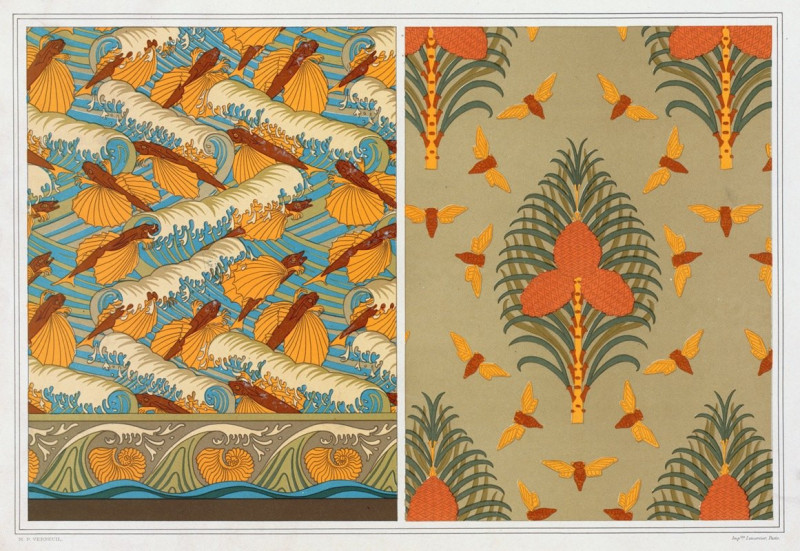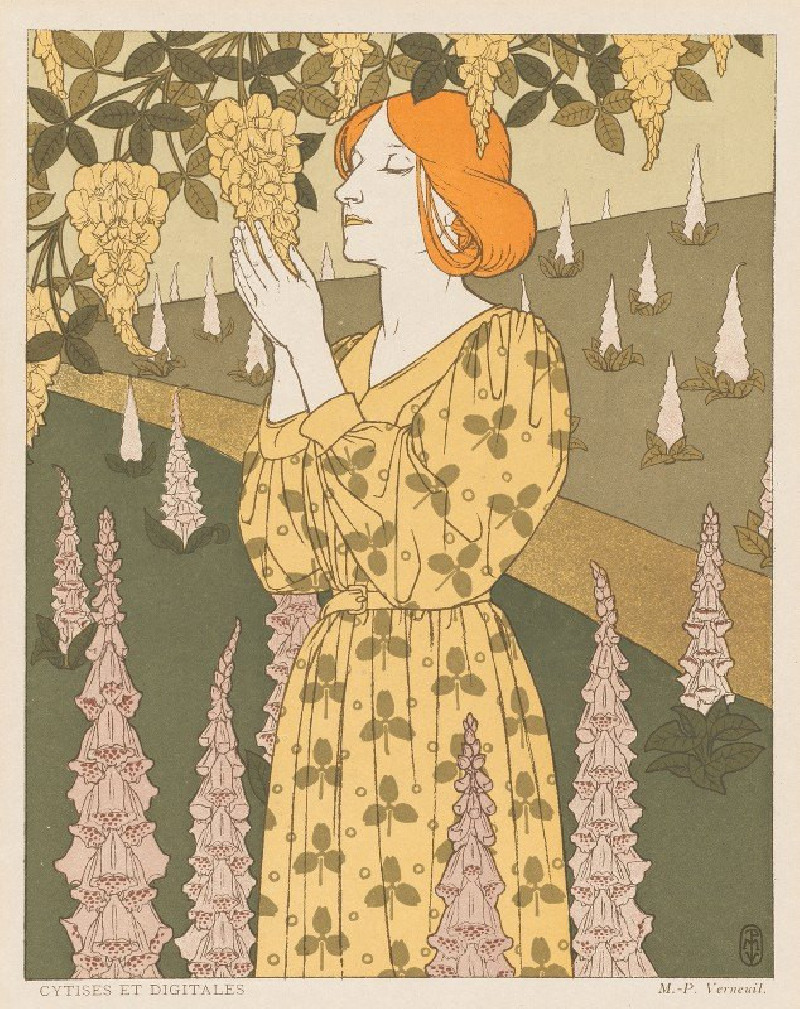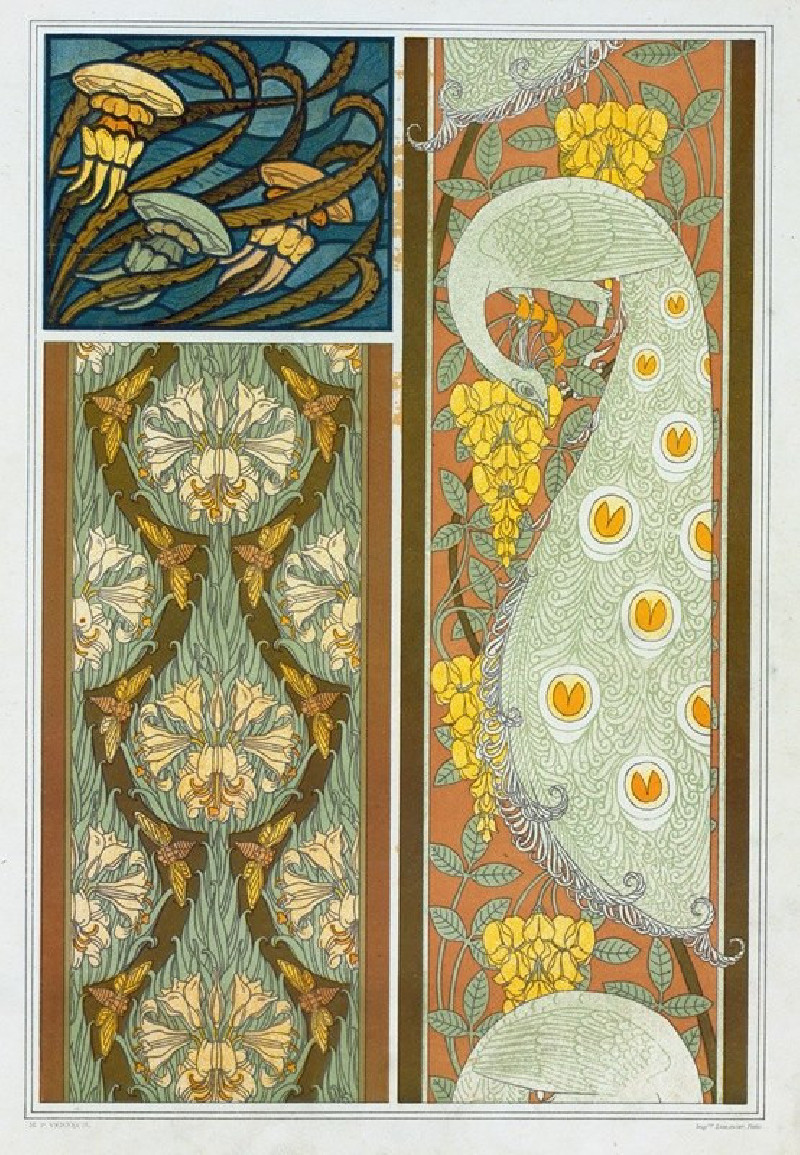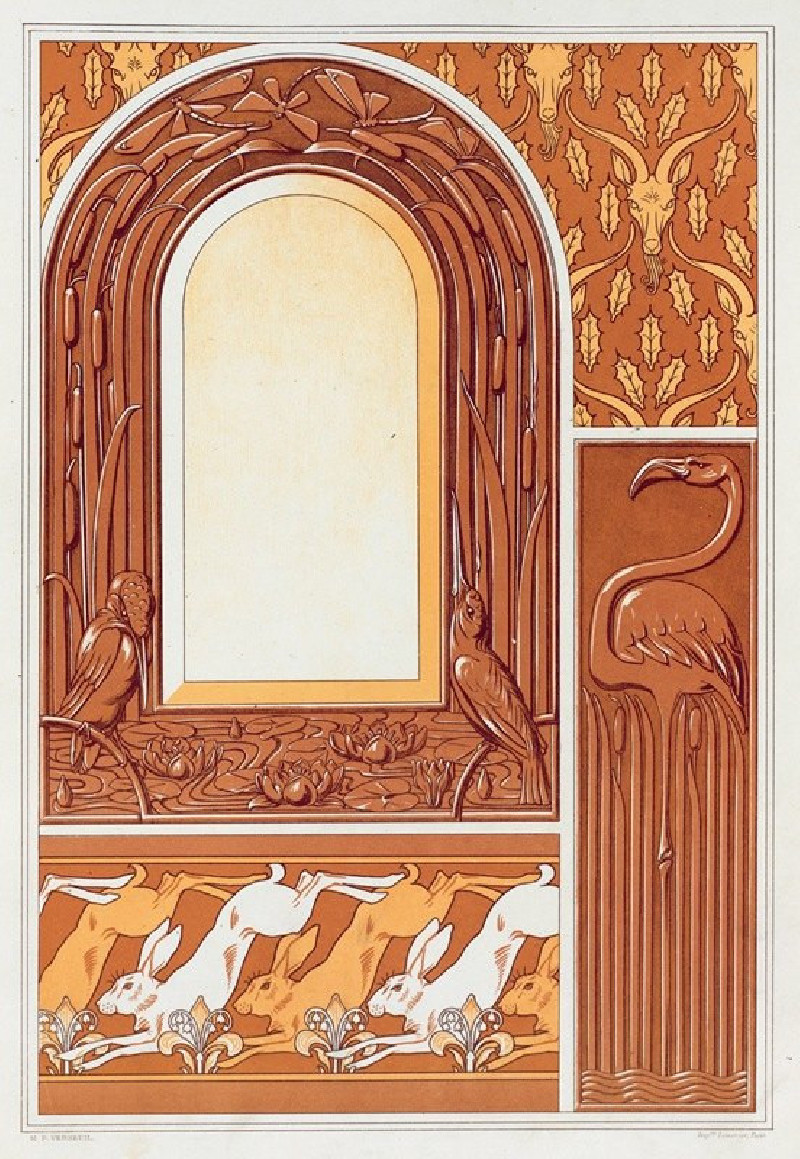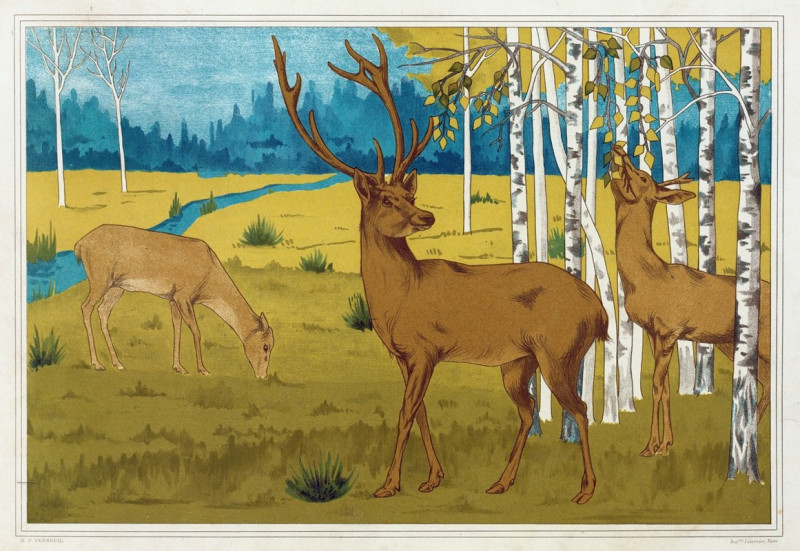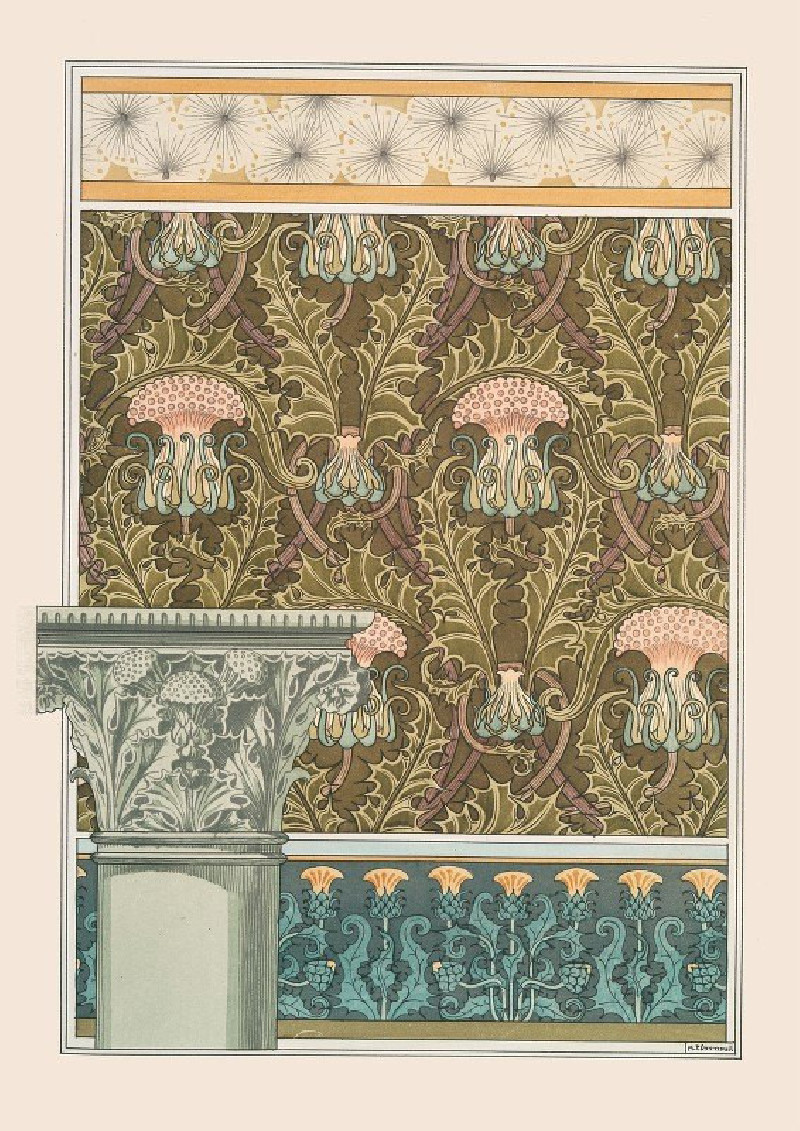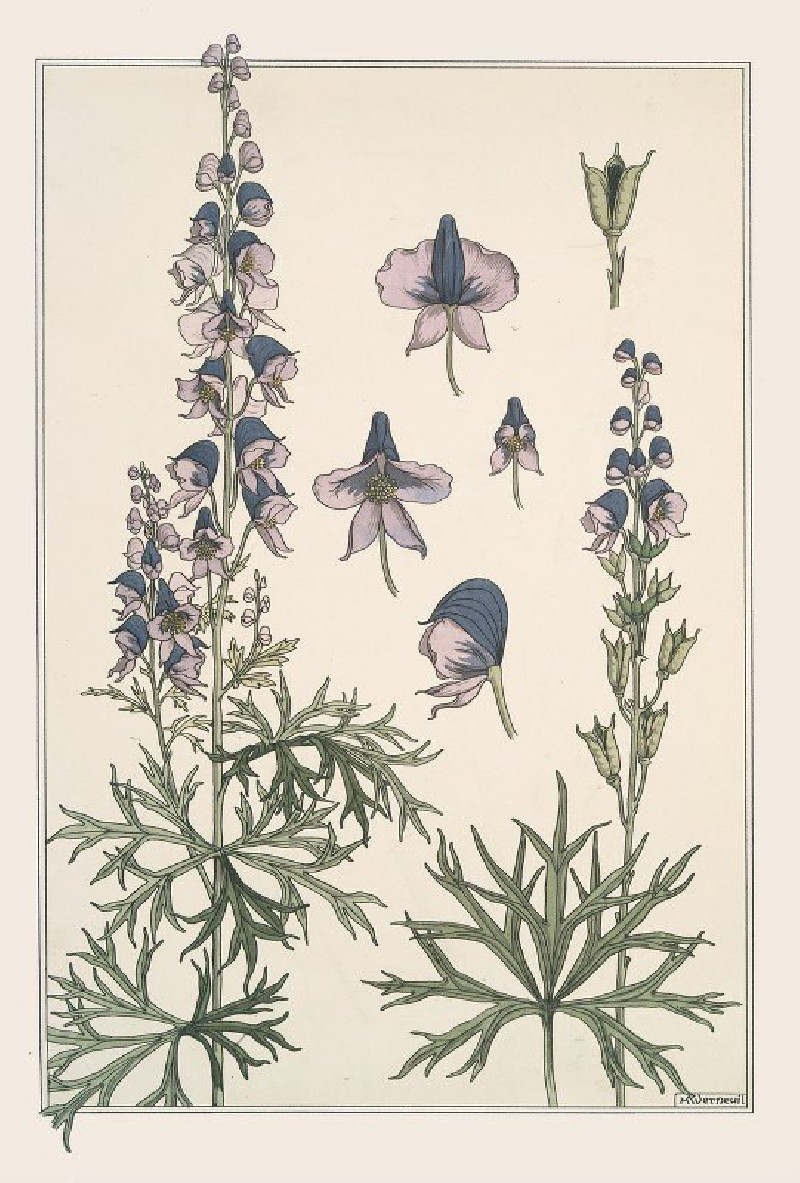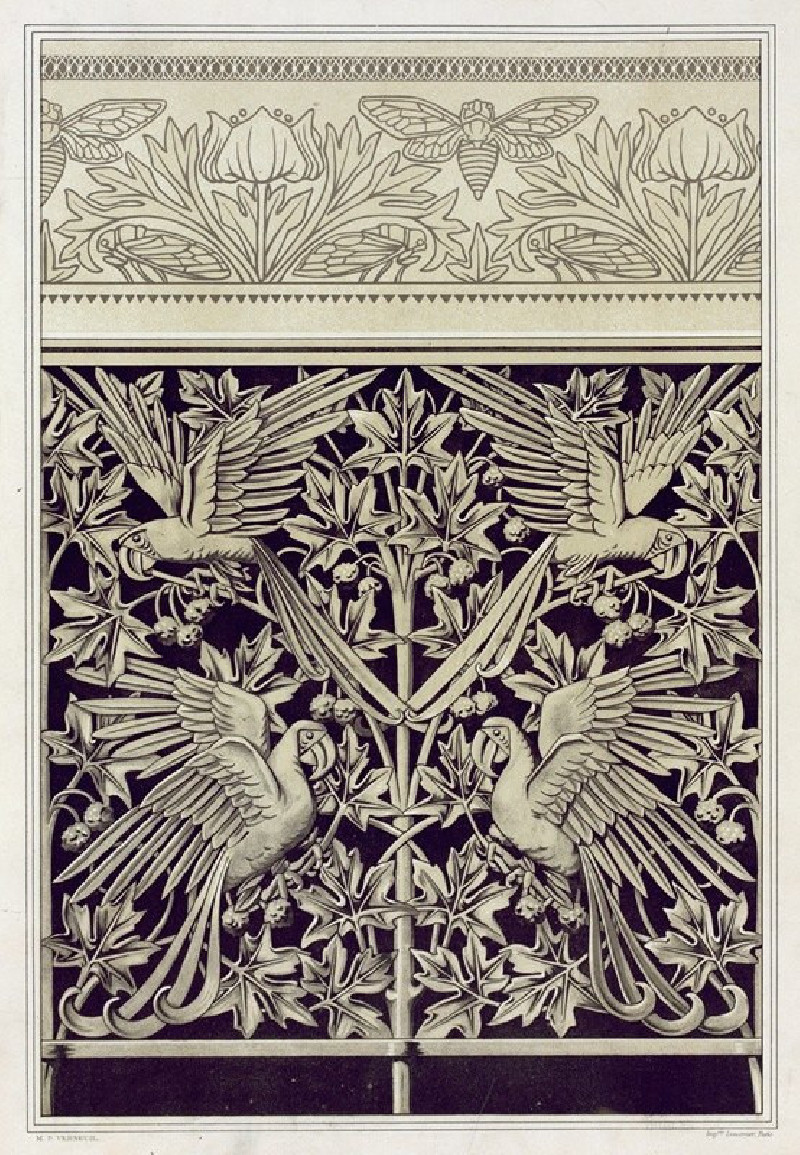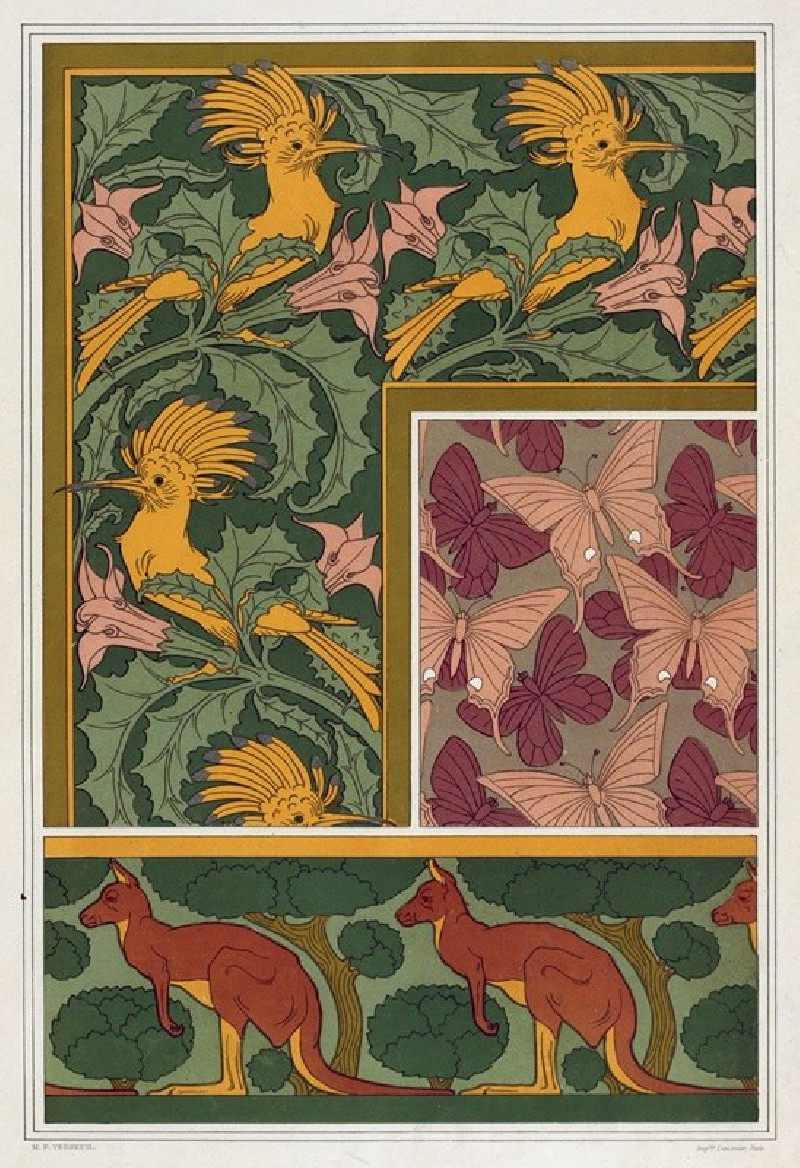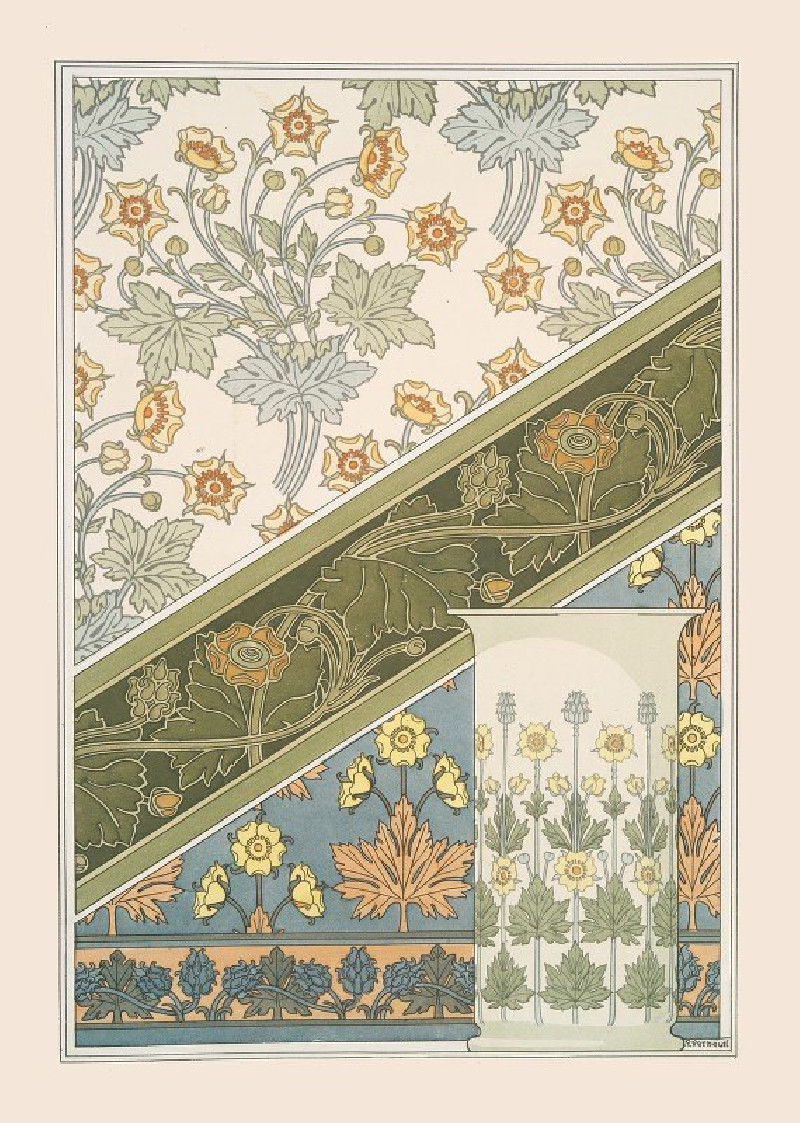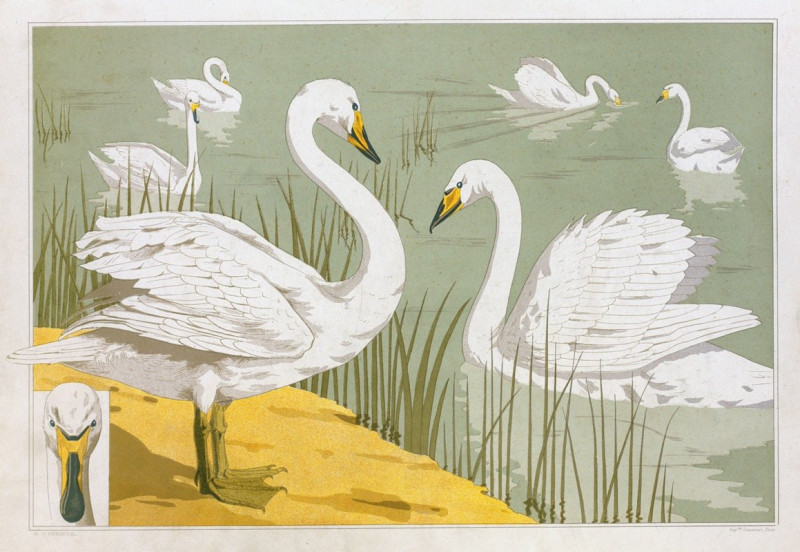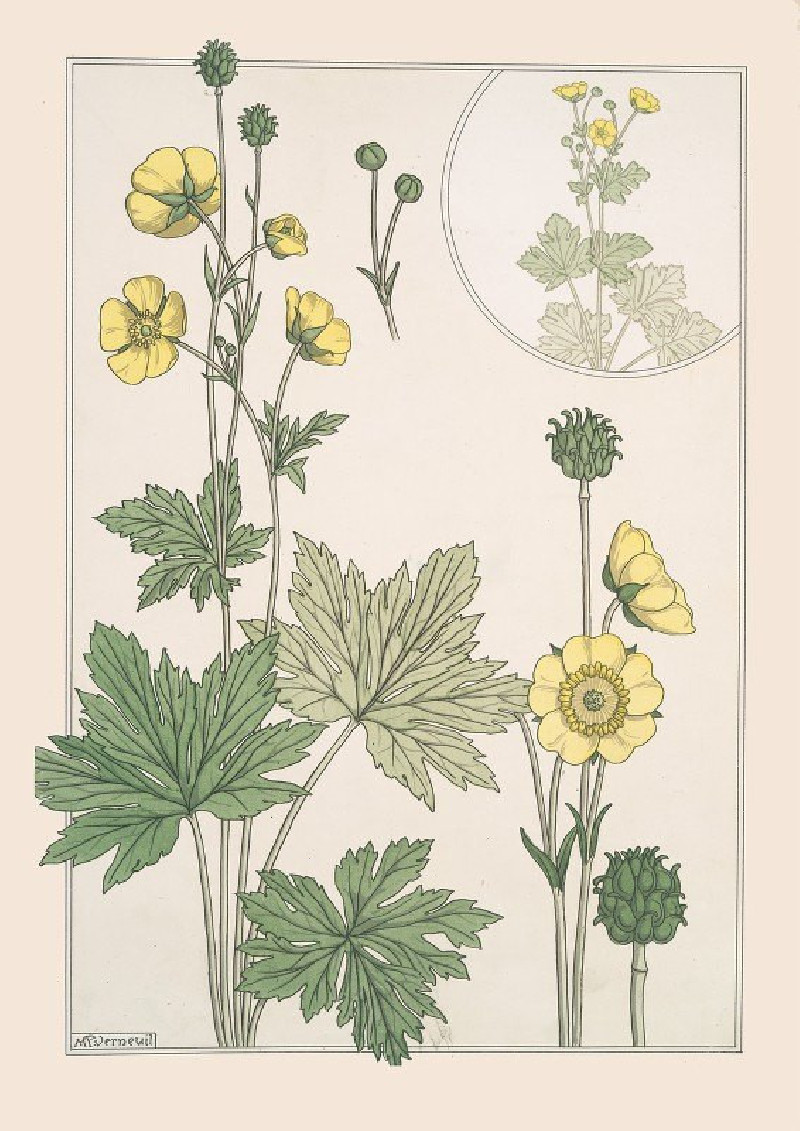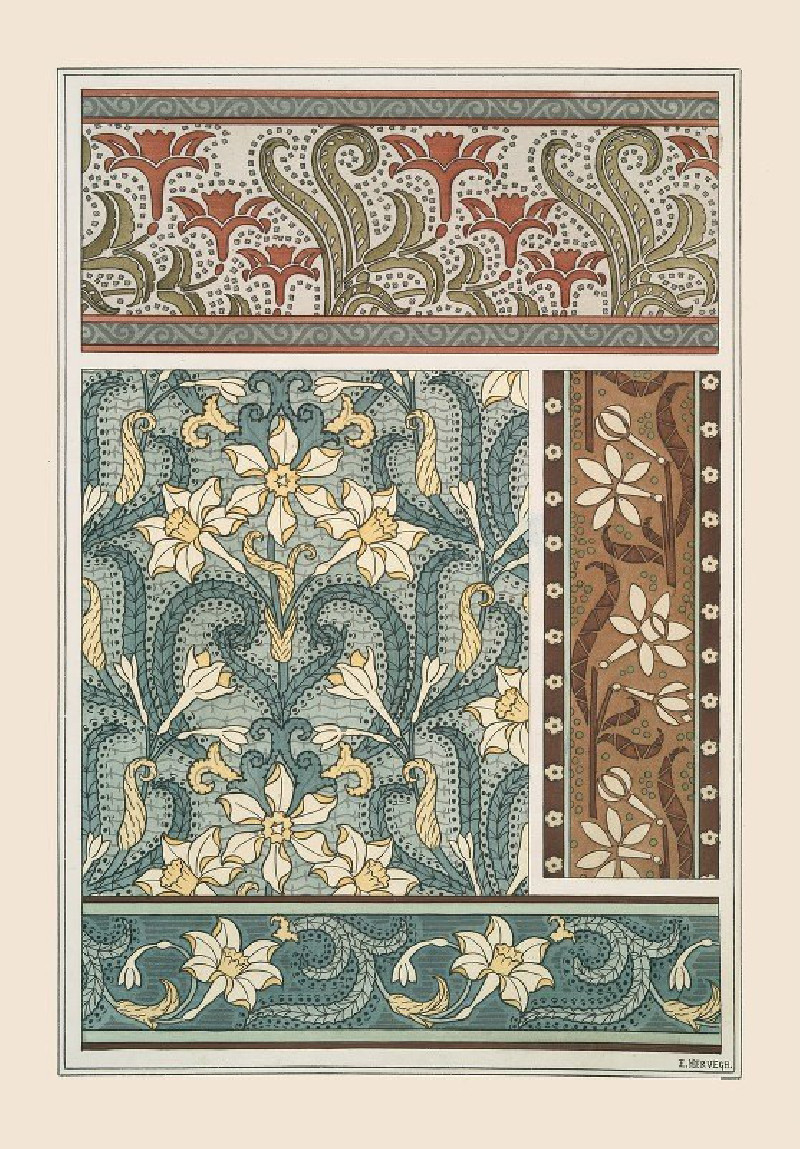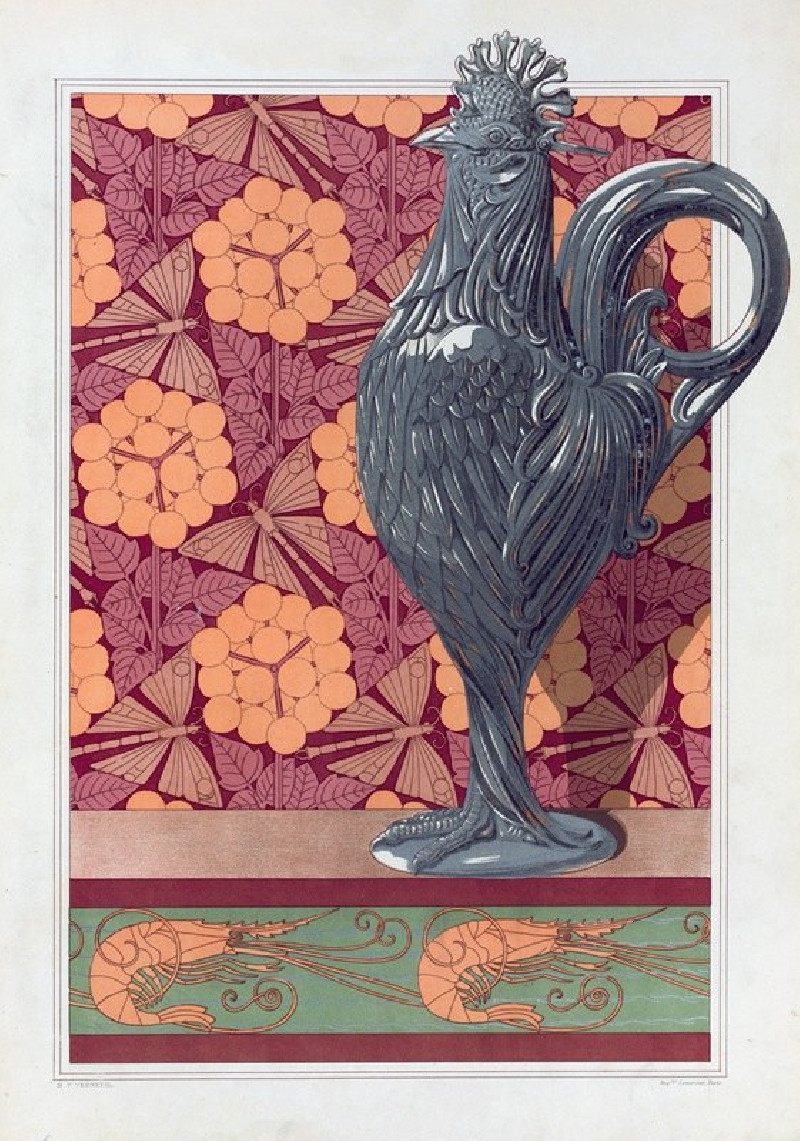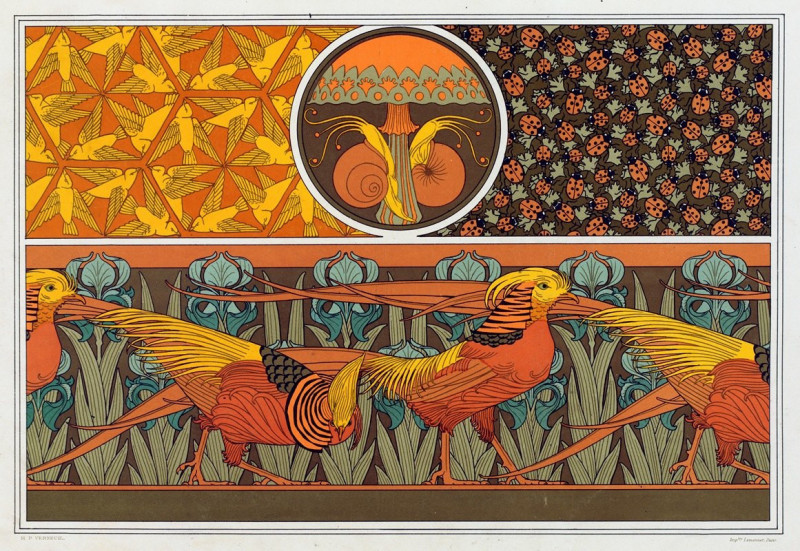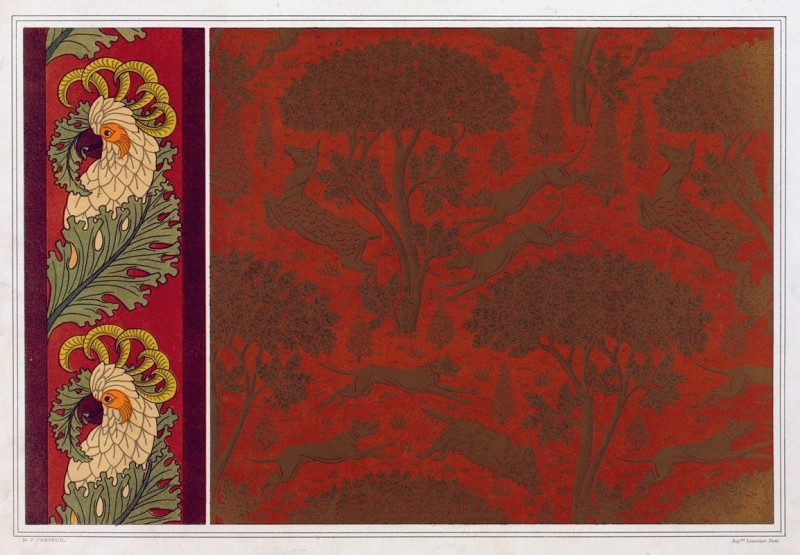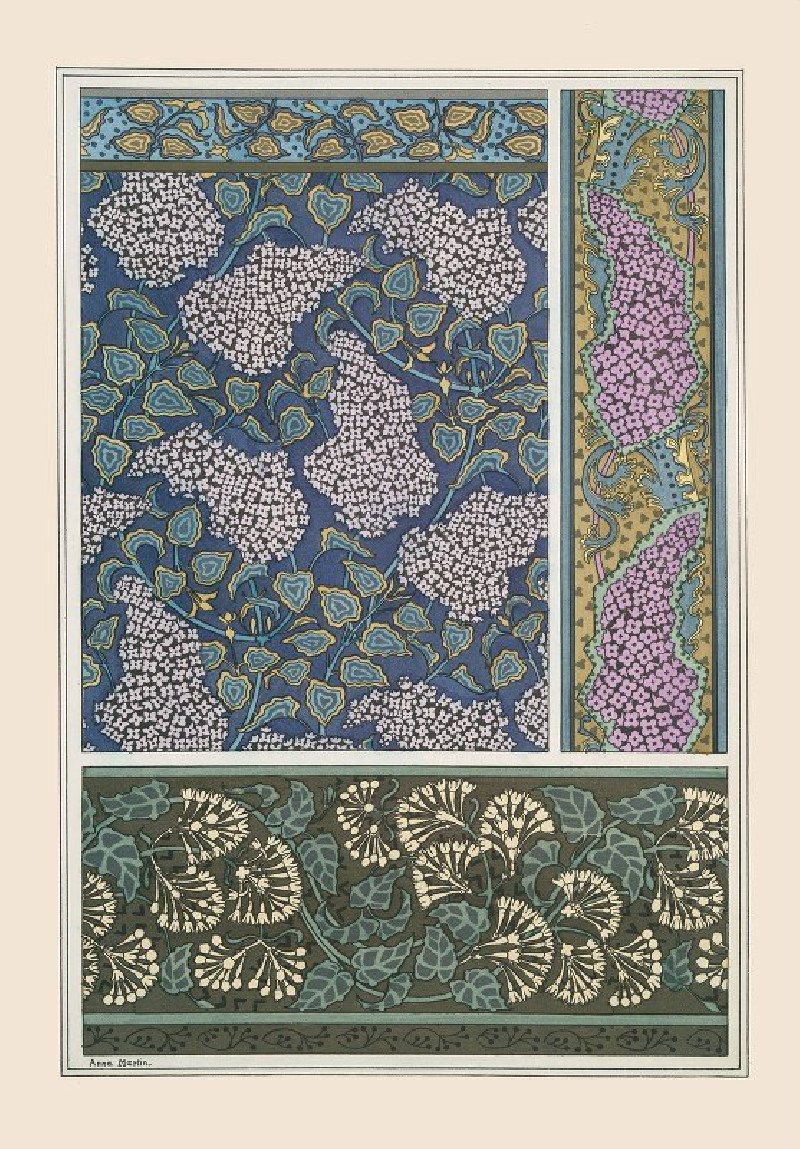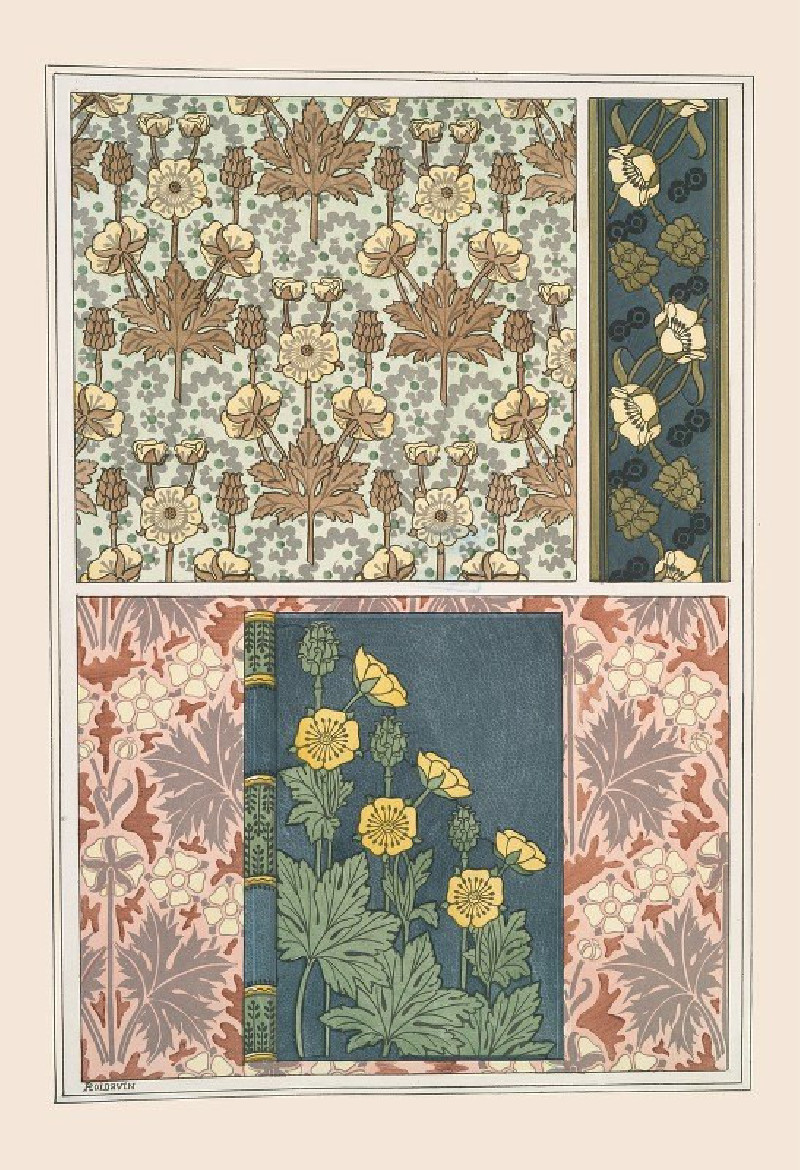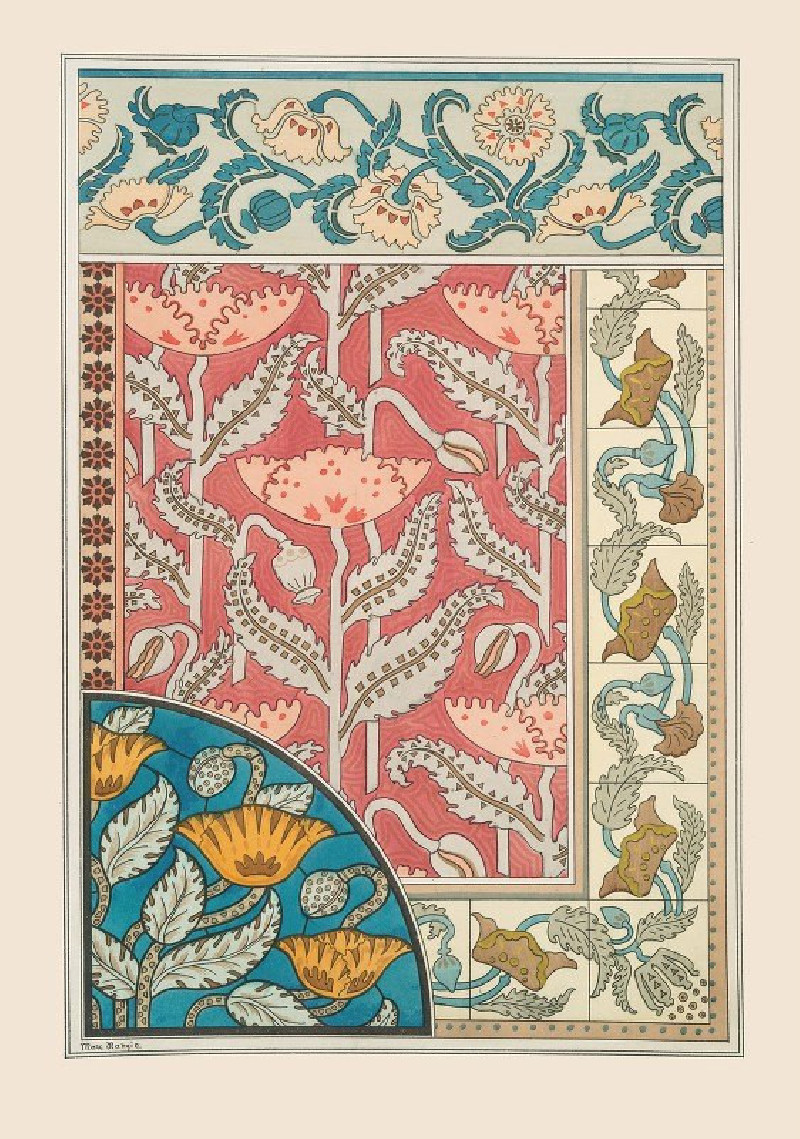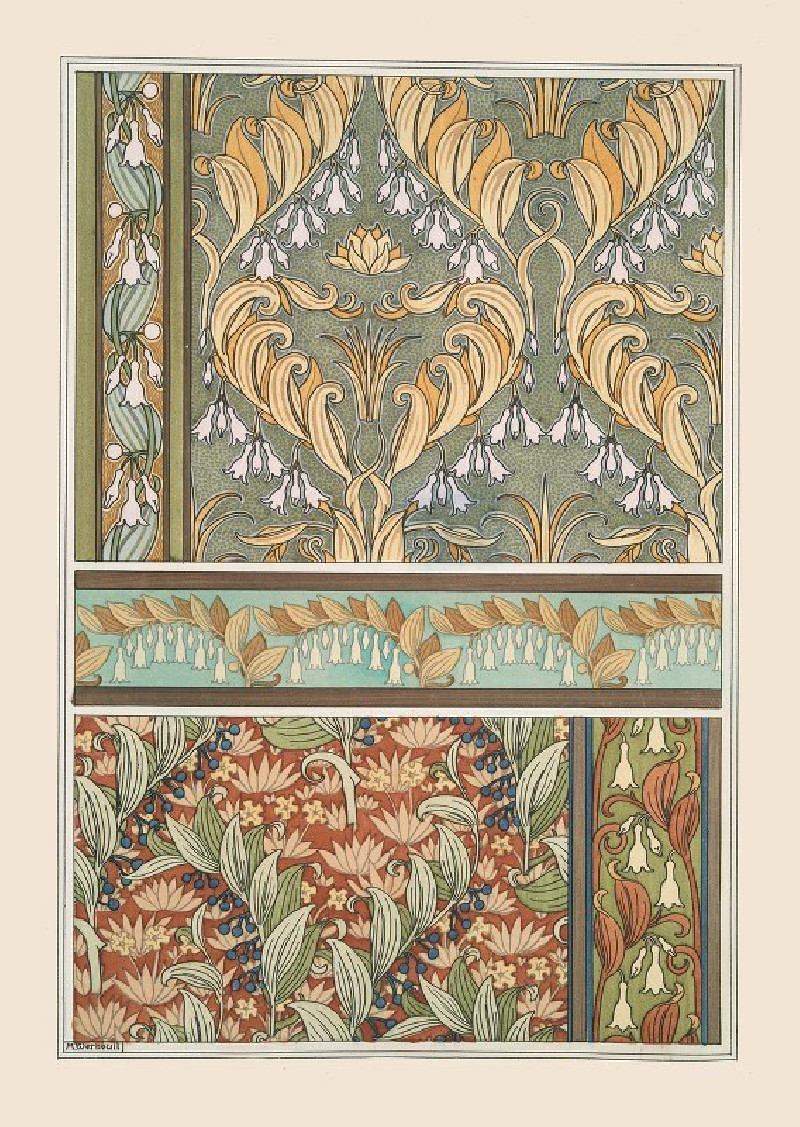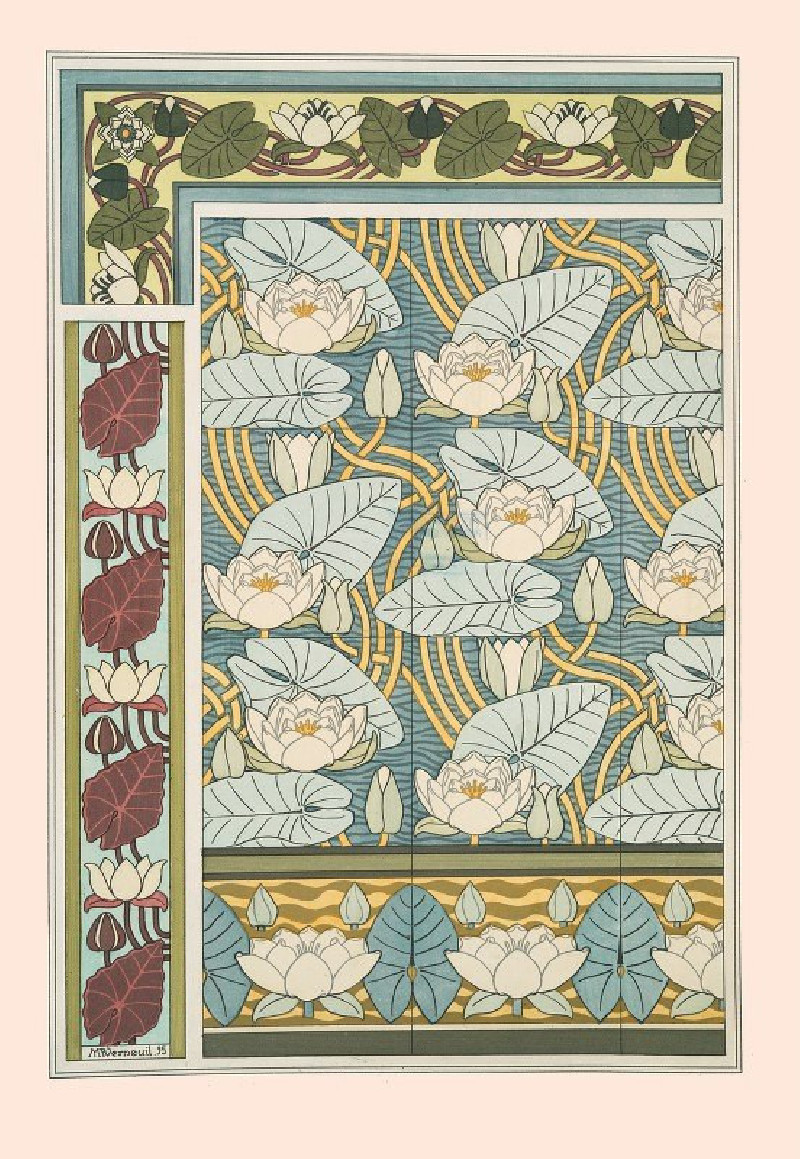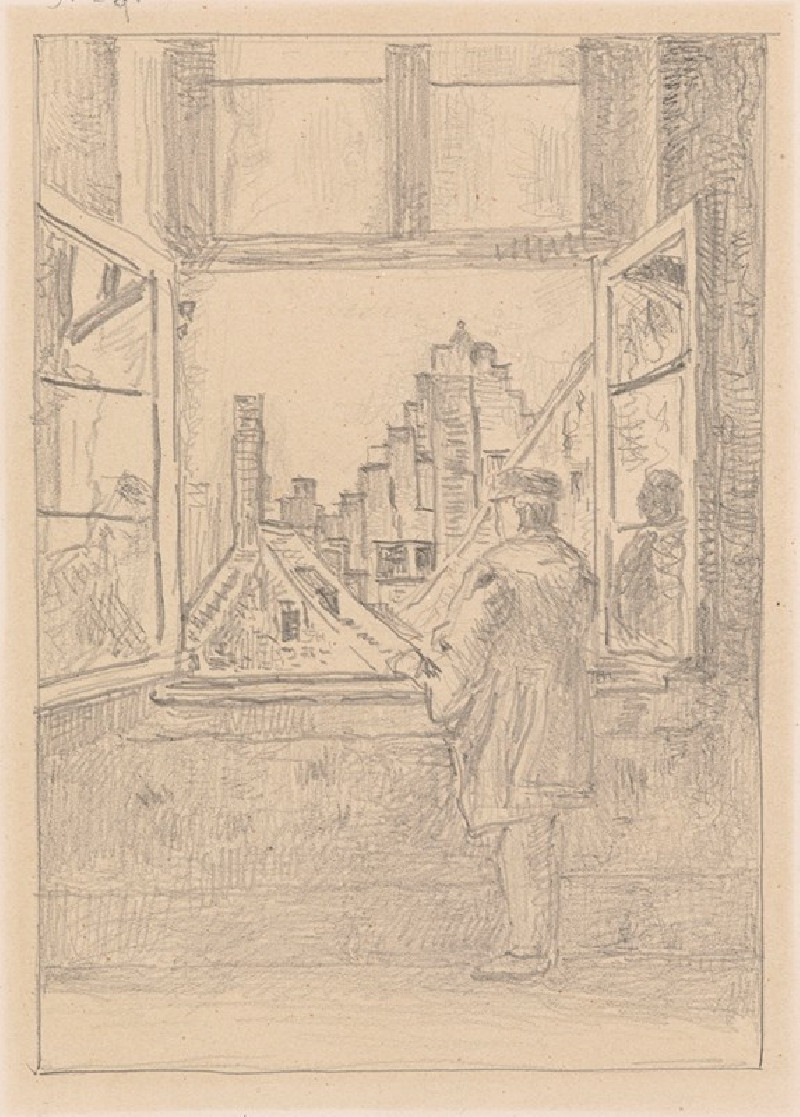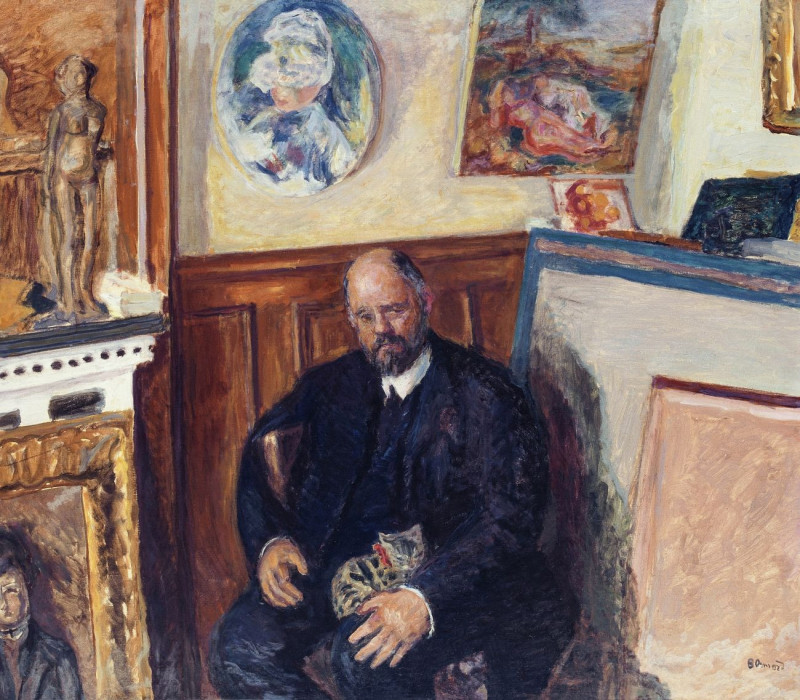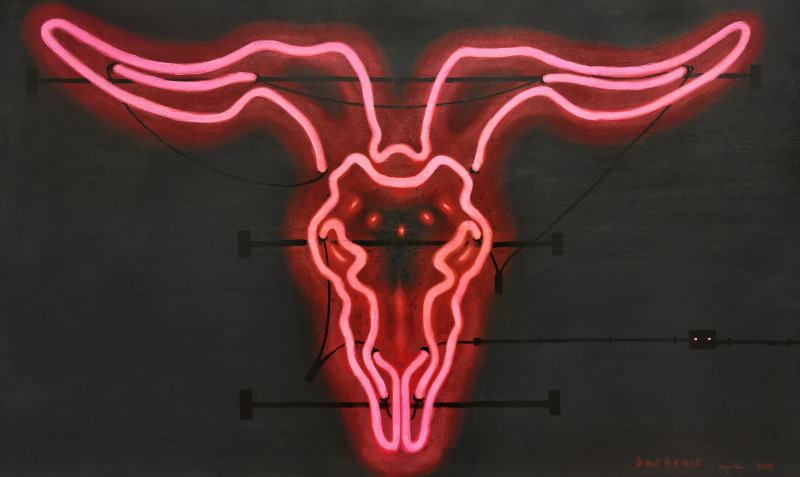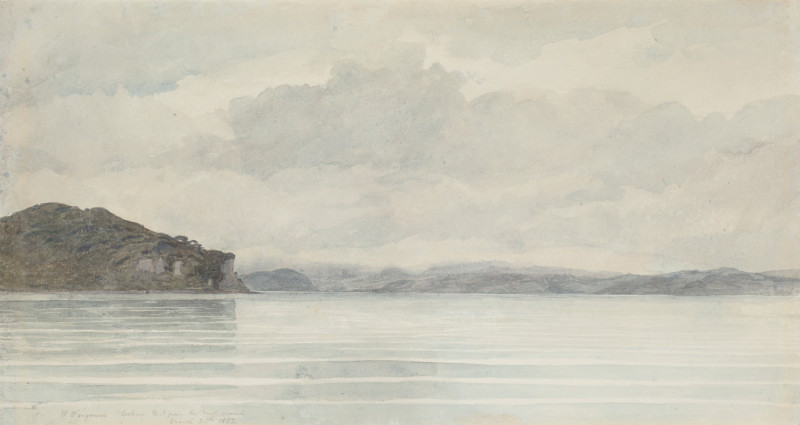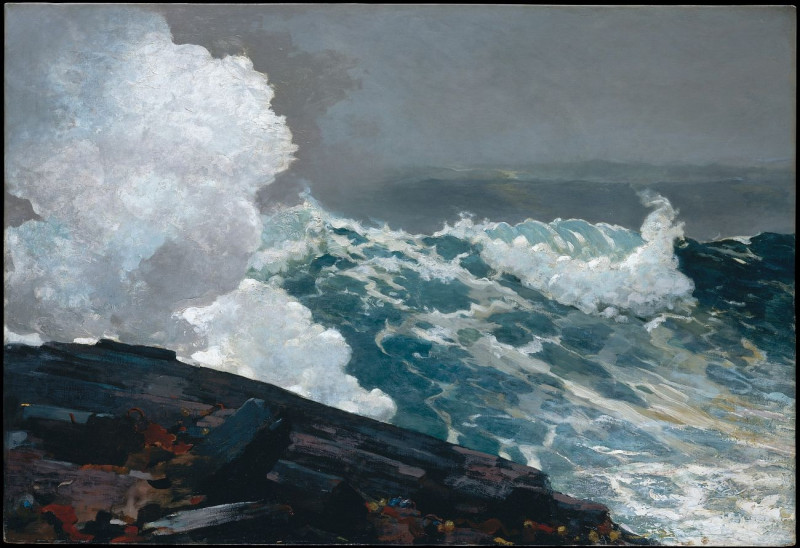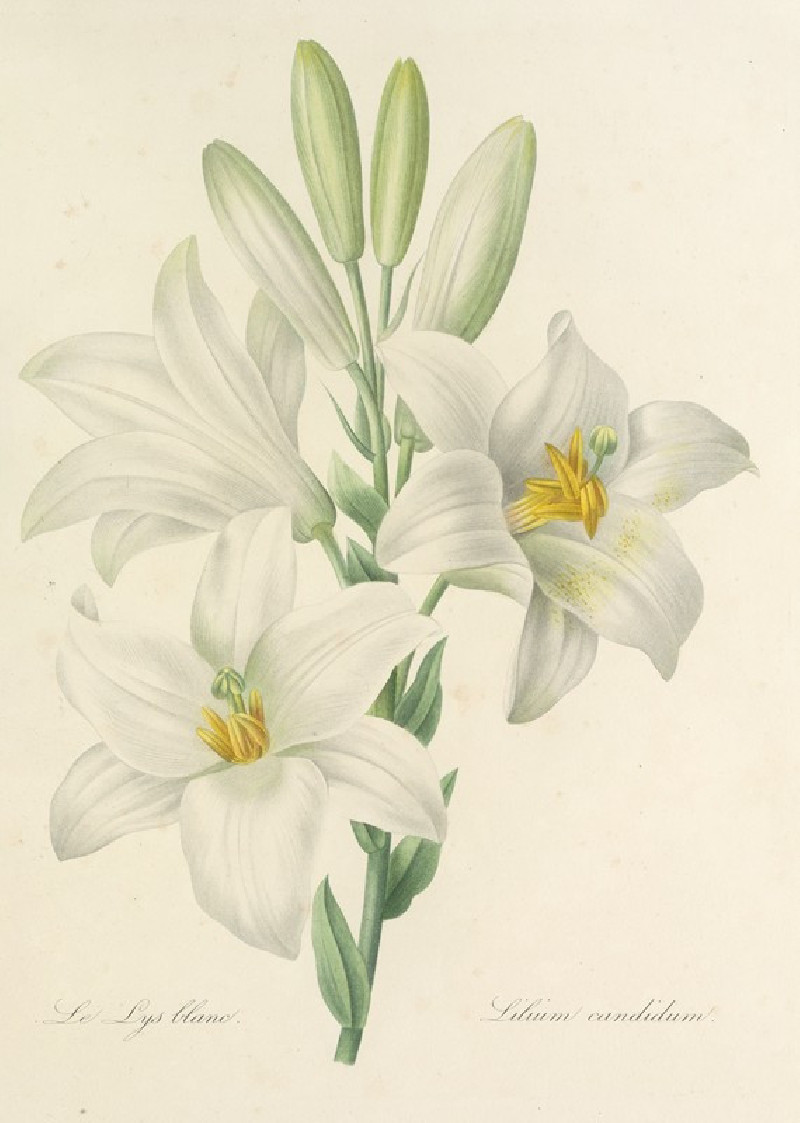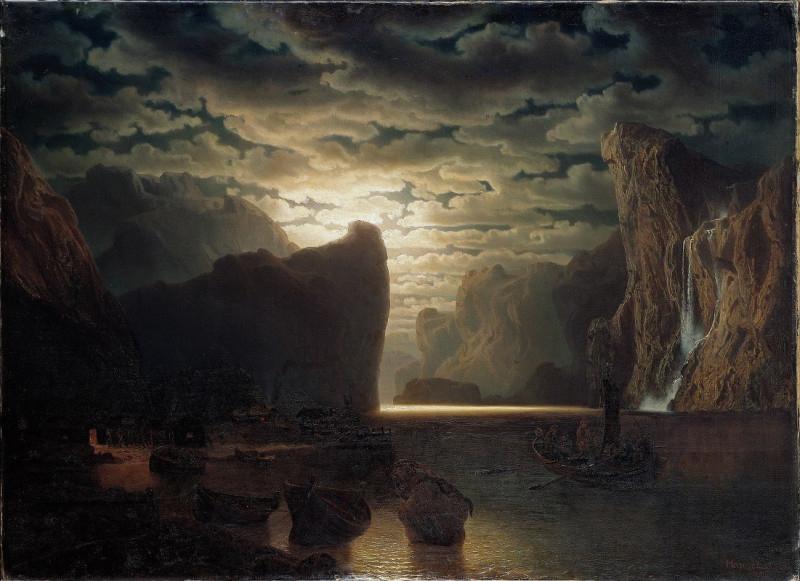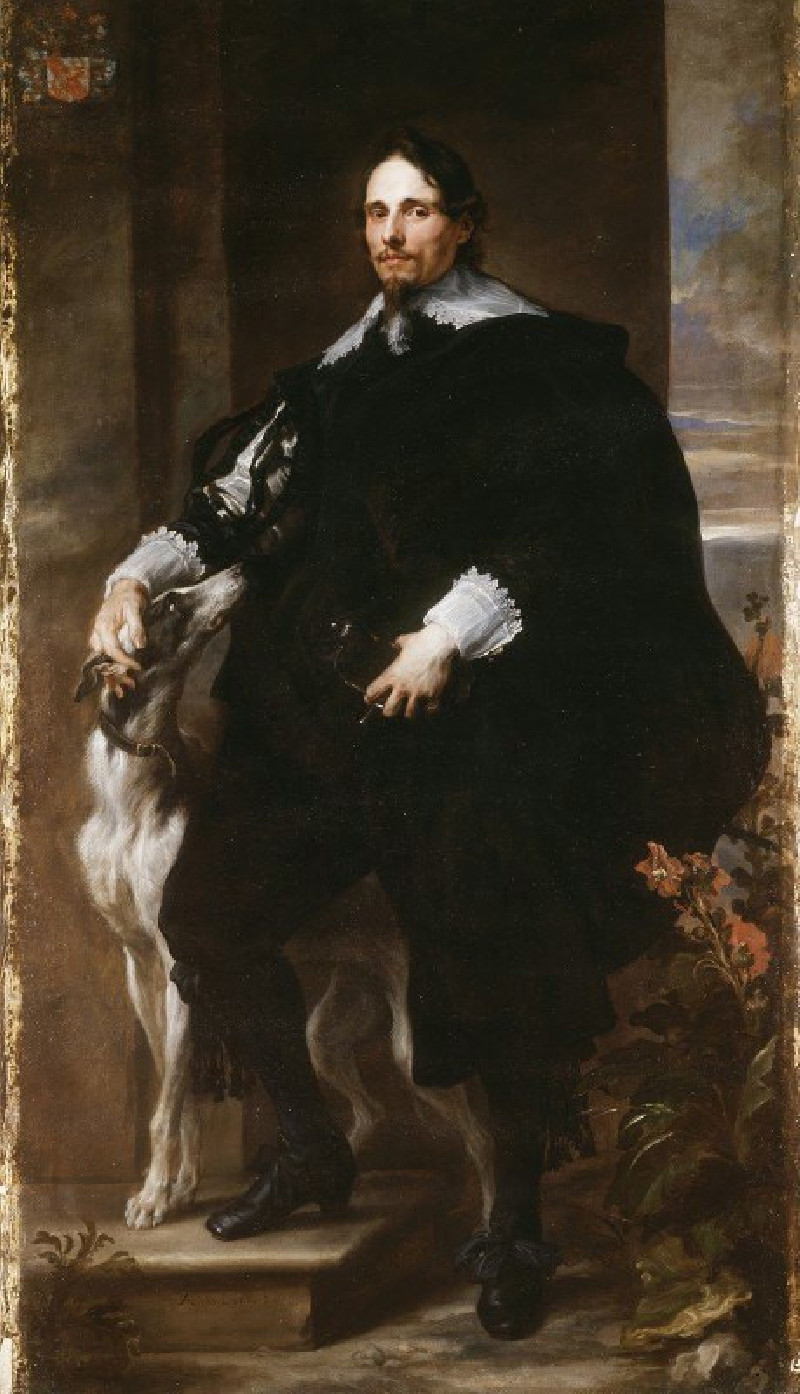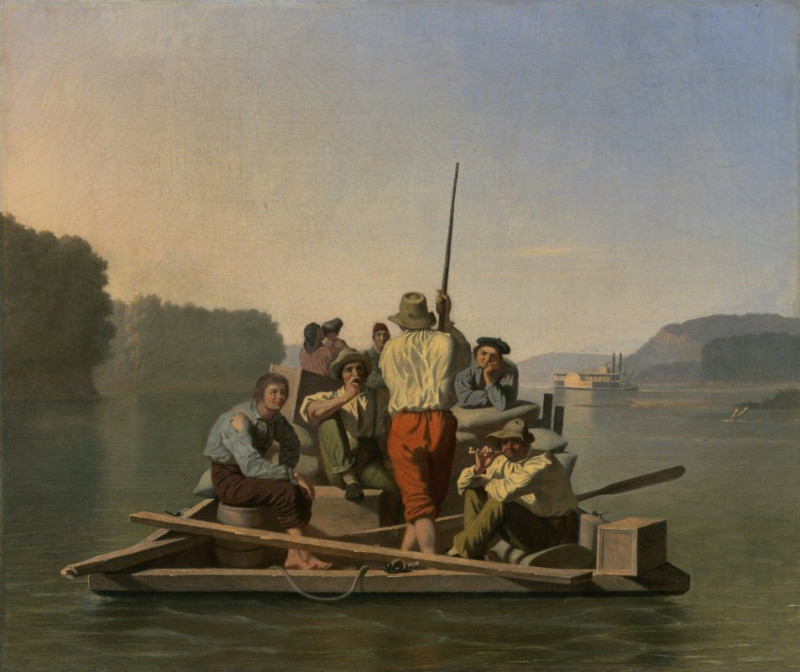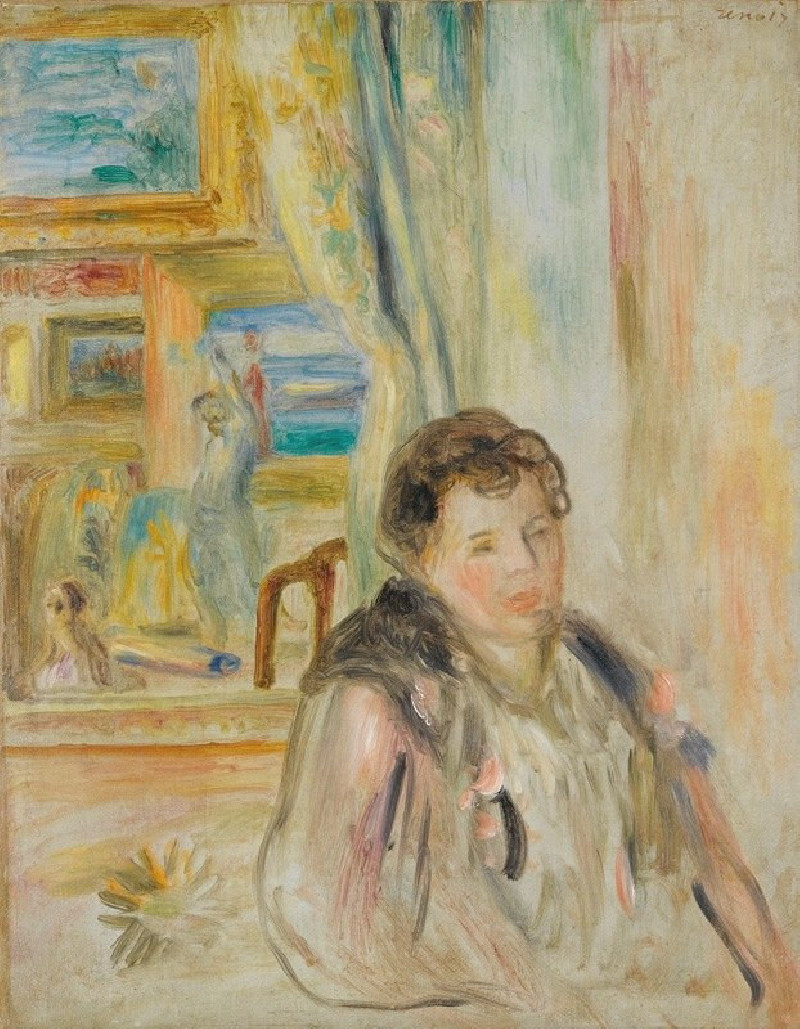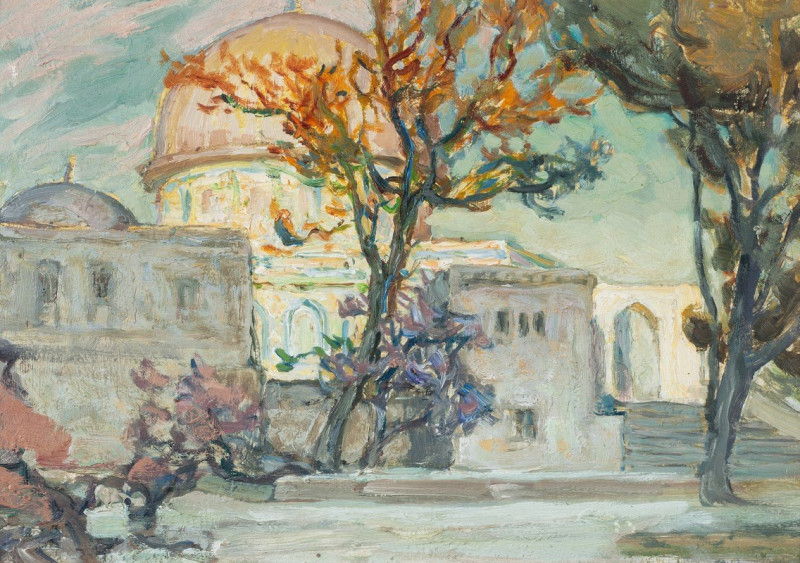Poissons volants et vagues, papier peint. Cigales et pin, papier peint. Coquilles de nautiles, bordure. (1897)
Technique: Giclée quality print
Recommended by our customers
More about this artwork
Explore the world of Art Nouveau through the exquisite designs of Maurice Pillard Verneuil, showcased in his remarkable 1897 creation, "Poissons volants et vagues, papier peint. Cigales et pin, papier peint. Coquilles de nautiles, bordure." This dual-panel wallpaper design is a vivid demonstration of Verneuil's talent for integrating natural motifs into decorative art.On the left panel, the theme "Poissons volants et vagues" (Flying Fish and Waves) captivates with its dynamic depiction of airborne fish soaring above stylized waves, their forms and movements echoing the rhythmic patterns of the ocean rendered in soothing blues and vibrant oranges. This lively marine scene is not just a depiction but a celebration of water and life, illustrated with a rhythmic flow that seems almost musical.The right panel, "Cigales et pin" (Cicadas and Pine), offers a serene contrast with a more subdued palette. Here, cicadas flutter around a central, stylized pine tree, which stands tall and solitary. The earthy tones and the simplicity of the composition evoke a sense of calm and resilience, characteristic of the pine that stands undeterred regardless of the seasons.Together, these panels not only highlight Verneuil’s versatility in using natural elements to create aesthetically pleasing and functional art but also reflect the period's fascination with the natural world, reimagined through the lens of Art Nouveau.
Delivery
Returns
Maurice Pillard Verneuil was a French artist and decorator in the Art nouveau movement. He was born in Saint-Quentin, France. Maurice Pillard Verneuil learned his trade from the Swiss designer Eugène Grasset. Maurice Pillard Verneuil then went on to become a well-known artist and designer. He was inspired by Japanese art and nature, particularly the sea. He is known for his contribution to the art deco movement and, in particular, his use of bold, floral designs in ceramic tiles, wallpapers and other furnishing textiles.

